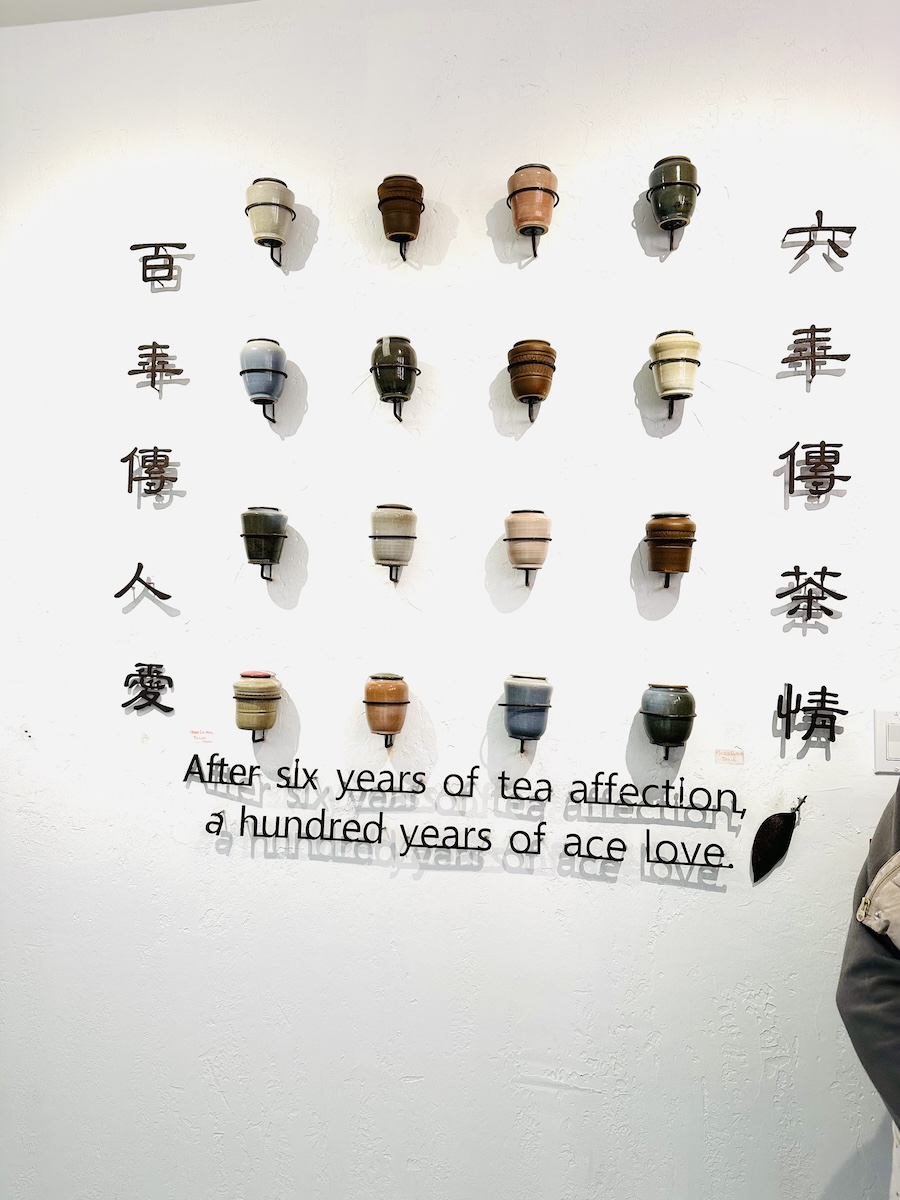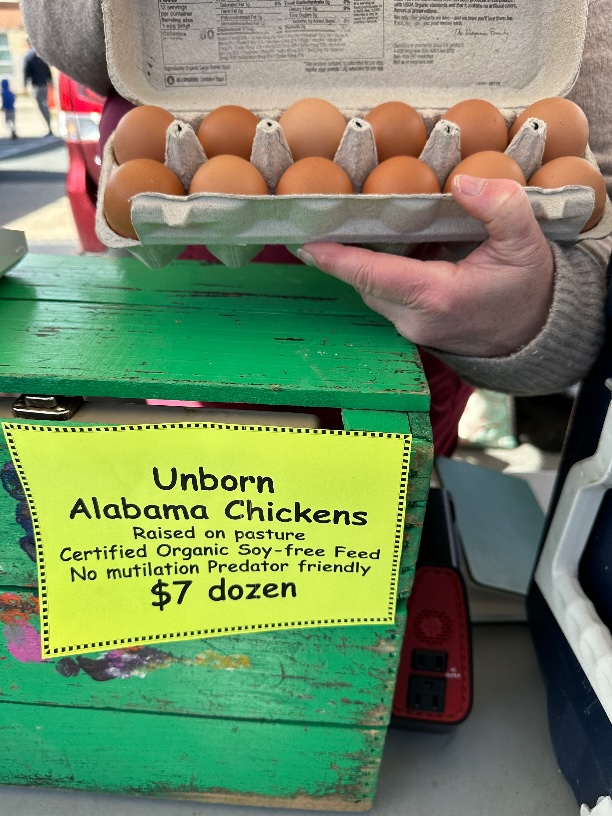Archive for Language and food
Ace love
Photograph of an artistic arrangement on the wall of a tea shop in Philadelphia's Chinatown.
Read the rest of this entry »
Symposium on Indo-European food
Swedish Collegium for Advanced Study (SCAS)
Symposium on April 11, 2024
Registration by 4th April at the latest
11 April, 11:15 a.m. SYMPOSIUM
Indo-European Food: Linguistic, Archaeological and Biomolecular Perspectives
ABSTRACT:
The symposium Indo-European Food – Linguistic, Archaeological, and Biomolecular Perspectives aims to explore the intricate relationships between the spread of Indo-European languages, the archaeological evidence of food production and consumption patterns, and biomolecular insights into ancient diets. This interdisciplinary event brings together leading experts from linguistics, archaeology, and biomolecular sciences to discuss the latest research findings and theoretical frameworks that illuminate the role of food in the migration, settlement, and cultural integration of Indo-European populations.
Read the rest of this entry »
Taiwanese pun on a curry shop sign
Photograph of a sign on a curry shop in Banqiao District, New Taipei City:
Read the rest of this entry »
Butter chicken
Who owns it?
It's sort of like who owns kimchee, Koreans (of course!) or Chinese — we've been through that many times — except that the question of who has the rights to claim they invented butter chicken is ostensibly internecine / intranational rather than international (but maybe not [see below]), as is the case with kimchee.
"India’s courts to rule on who invented butter chicken: Two Delhi restaurants both claim to have the right to call themselves the home of the original butter chicken recipe" by Hannah Ellis-Petersen, The Guardian (1/25/24)
Judging from the account in The Guardian, the squabbling between the two Delhi restaurants is both picayune and misplaced:
Read the rest of this entry »
The politics of dried mango in Taiwan
No sooner have we addressed "The politics of frozen garlic in Taiwan" (1/11/24) than we now must look at the implications of dried mango for the current election in that island nation. Here we will not be studying the obscene usage (gàn) that "dry" (gān) often gets mixed up with. For those who are interested in that topic, which Language Log has been following since 2006), check out the last two items in "Selected readings") below.
Today's mango excitement derives from a pun based on the expression "dried mango" (mángguǒ gān 芒果乾); it has nothing to do with "$%#@!" mango. The near pun is for "wángguó gǎn 亡國感" ("sense of national subjugation"), where wáng 亡 means "perish; death; die", though in this phrase, "subjugation" has become the usual translation. Of course, guó 國, means "nation; state", and note that the "K" of KMT (Kuomintang [Wade-Giles romanization of 國民黨] "Nationalist Party") or the "G" of GMD (Guómíndǎng [Pinyin romanization of the same name]) is that same word, guó 國 ("nation; state").
Read the rest of this entry »
Tea in Glasgow
Nicholas Tomaino, "The Most Spoken Words in Glasgow", WSJ 1/6/2024:
When someone says, ‘Would anyone like a cup of tea,’ he isn’t offering the best-tasting thing one’s ever had. But that isn’t the point.
The author begins:
I was 23 when I drank my first cup of tea. As an Italian-American, I was raised on coffee. My life changed, however, when I met my wife.
Maddy is a Scot. If you’re from the U.K. or otherwise acquainted with the country, you understand. Tea is imbibed there as if it were water. It features at nearly every meal, and often between them. As William Gladstone wrote, if you’re cold, it’ll warm you; if you’re too heated, it’ll cool you; if you’re excited, it’ll calm you. It can afford to be everywhere, James Boswell noted, because “it comforts and enlivens without the risks attendant on spiritous liquors.”
Read the rest of this entry »
The language of spices
Sino-Platonic Papers is pleased to announce the publication of its three-hundred-and-thirty-eighth issue:
“Mapping the Language of Spices: A Corpus-Based, Philological Study on the Words of the Spice Domain,” by Gábor Parti.
ABSTRACT
Most of the existing literature on spices is to be found in the areas of gastronomy, botany, and history. This study instead investigates spices on a linguistic level. It aims to be a comprehensive linguistic account of the items of the spice trade. Because of their attractive aroma and medicinal value, at certain points in history these pieces of dried plant matter have been highly desired, and from early on, they were ideal products for trade. Cultural contact and exchange and the introduction of new cultural items beget situations of language contact and linguistic acculturation. In the case of spices, not only do we have a set of items that traveled around the world, but also a set of names. This language domain is very rich in loanwords and Wanderwörter. In addition, it supplies us with myriad cases in which spice names are innovations. Still more interesting is that examples in English, Arabic, and Chinese—languages that represent major powers in the spice trade at different times—are here compared.
Read the rest of this entry »
Thou shalt not mention "Egg Fried Rice" in the PRC
Subtitle: "Thank you, Egg Fried Rice"
You may think that nothing could be more innocuous than mundane egg-fried rice. Not so in post-Mao China. As background for the story I'm about to tell, you need to know that eggs were a rarity in the PRC during the days of Mao, and especially during the Korean War (1950-53), in which China was pitted against the USA and the UN.
So you know the vocabulary, it is "dàn chǎo fàn 蛋炒饭" ("egg fried rice").
Egg Fried Rice
What is said to have killed Mao Zedong’s oldest son, Mao Anying. The younger Mao, who had studied abroad in Russia, volunteered to fight in the Korean War and was assigned to be Peng Dehuai*’s Russian translator. According to legend, Mao Anying cooked fried rice with eggs in the daytime, against military regulation. The eggs were a rare delicacy at the time and had been just been sent to Peng Dehuai from Kim Il-sung. Spotting the smoke from the fire, an American plane dropped napalm on the site. Unable to escape, Mao perished in the flames.
Regardless of the truth of the story, Mao Anying did in fact die in 1950 when his camp in a Korean cave was napalmed.
Read the rest of this entry »
Asafoetida: Satanically stinky spice
[N.B.: This post contains a very important set of linguistic questions about the historical evolution of the seasoning in question. The long lists of Eurasian terms provided reveal tantalizing semantic and phonological interconnections among terms that are from different language families. I invite historical linguists to comment on the interrelationships among all the relevant languages cited herein.]
A friend gave me a little bottle of this powerful, pungent spice. It seems to be a unique sort of flavoring that stinks yet enhances the flavor of all sorts of Indian, Central Asian, and other regional cuisines. At first I was just going to write a very brief note about it to pass around among family and friends, but the more I looked into this unique spice, aromatically and linguistically the more interesting it became, so I decided that I would write a rather full-blown Language Log post about it. Voilà!
Hidden in the name was attestation of the spice's foul flavor, but I didn't know what the "asa-" part meant. Upon investigating, I discovered that the English name, asafoetida, is derived from asa, a latinized form of Persian azā ("mastic", cf. "masticate"), and Latin foetidus ("fetid; stinky").
Read the rest of this entry »
Sauerkraut fish
All right, I know it sounds funny, but it's a thing in Taiwan, as at this Taichung restaurant:
Read the rest of this entry »





